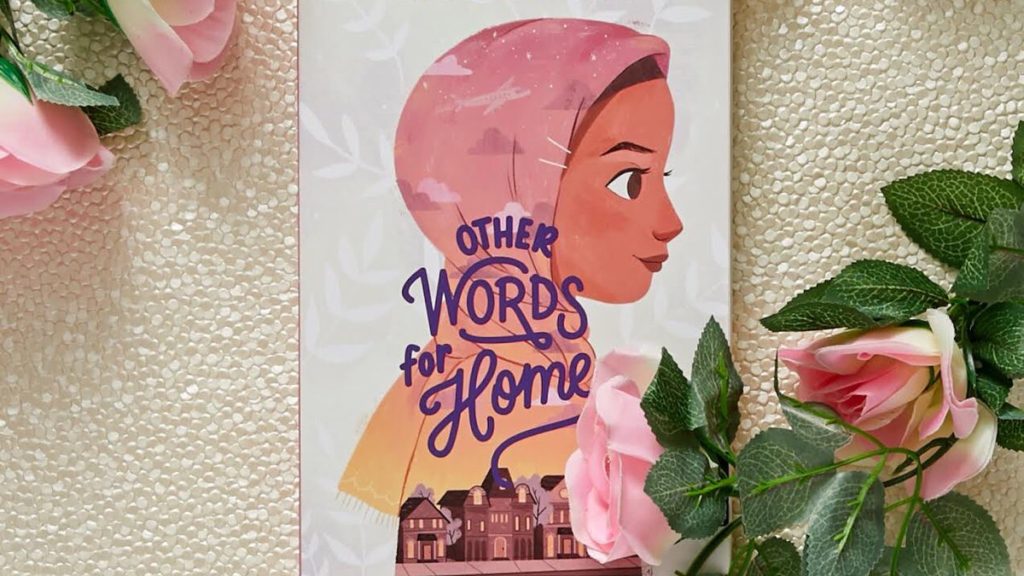For whatever reason, I seem to have missed the boat on romance stories. Whenever my friends in high school were reading Sarah Dessen novels, I was reading Dickens. The closest I ever got to romance was reading Jane Eyre when I was 16, a novel I would later reject due to the problematic, abusive relationship between Jane and Rochester.
Whenever I did pick up a YA novel, I would often only make it as far as the first love triangle before turning the book back in to the library. The back-and-forth tension building always struck me as too much work, particularly when I was trying to Hermione my way through high school and nail down college scholarships. I was known as the girl who didn’t date anyone and I would tell everyone who would listen that I was leaving for college—and I mean LEAVING—so there was no point in getting attached anyways.
But, for those times when I just couldn’t stand to pick up a difficult, classic novel, I would skip the YA section and go all the way back to middle-grade fiction. I always found that “kid’s books” told me more interesting stories about adventure and overcoming obstacles, things that I felt like I was actually experiencing, especially when my family started to actively fall to pieces during my high school years.
As an adult, I still find myself drawn to the middle-grade section of bookstores and libraries, particularly when life seems complicated and hopeless. My November this year was full of 13, 14, 15 hour days. Plus, while traveling around town to my different and multitudinous obligations, my car radio played snippets of the ongoing impeachment hearings, a sure-fire way to confirm that the world is not only ending, but has already ended. So, in an exhausted haze, I walked past the “moving, new stories of hardship” that line the shelves of the adult fiction section of my library and wandered through the familiar warmth of children’s books.
I spent an hour or so walking through the library, picking up anything that looked interesting, even flipping through Harry Potter again, just for old time’s sake. Eventually, I landed on Jasmine Warga’s Other Words for Home, which featured a beautiful cover with a young woman in hijab. Upon opening the book, I was greeted by poetry and I knew that no matter what story this book told, it would feel like home.
Other Words for Home
Jasmine Warga is the first generation daughter of immigrants from Jordan and has published three books, Other Words for Home, My Heart and Other Black Holes, and Here We are Now. Though Warga initially published YA fiction, Other Words for Home is her first middle-grade novel, inspired by her first job out of college as a sixth grade science teacher, the growing refugee crisis in Syria, and her own experience as the child of immigrants.
Having grown up in a small Middle-Eastern community in Cincinnati, Warga’s childhood is one that is both decidedly American and decidedly foreign. While America is, of course, built by immigrants, our acceptance of immigrant populations has never been truly welcoming. Warga explores this reality throughout Other Words for Home.
The main character, Jude, moves to Cincinnati from Syria with her mother after the Syrian Civil War breaks out. Leaving behind her brother and father, Jude must not only navigate a new culture, a new school, and a new home, but she must also wrestle with the fear of losing her family that now lives a world away.
Warga beautifully weaves in the stories of two other young, Muslim women as well—Sarah, Jude’s cousin with whom Jude must now live, and, Laila, the daughter of two Syrian restaurant owners in Jude’s neighborhood. While Jude’s reflections tell the story of the immigrant experience first-hand, Laila and Sarah’s stories reveal the struggles of newer generations of immigrants. Though Sarah is the daughter of an immigrant, Jude’s uncle, she has little understanding of her father’s homeland, as he sought to Americanize his family and refused to teach her Arabic.
Oppositely, Laila’s family has retained much of their home-culture, thereby creating a world in which Laila seems to have no home. She is too Syrian to be American, but having been born in American is also not Syrian. The relationship between these three young women illuminates the complexities of finding home and defining the ways in which our homes affect our identity.
Above all, Other Words for Home is about bravery. All of the characters must, in some way or other, learn to navigate the difficult world around them and tell their own stories of hope. In many ways, it feels that stories of hope are only appropriate for the children’s section. We believe that children should not have to handle the painful reality that we have both created and inherited. Similarly, we seem to feel that we do not deserve to see anything but that problematic and difficult reality. Yet, if we still insist on telling stories of hope to future generations, then we must be better at telling them to ourselves.
In a world where so much feels out of our own control, we must learn that our voices, our stories, our actions matter. And we must do everything we can to continue to move forward and be brave.


Comments are closed.